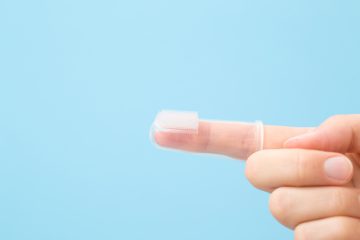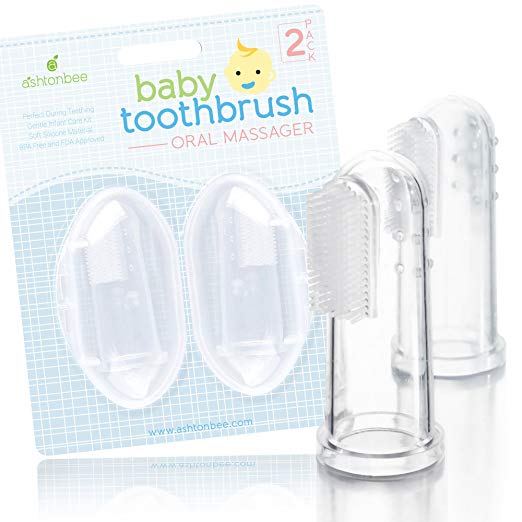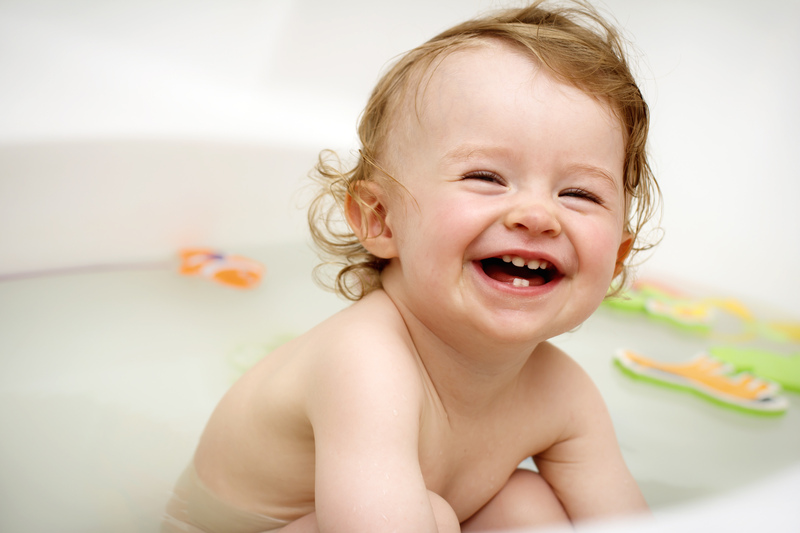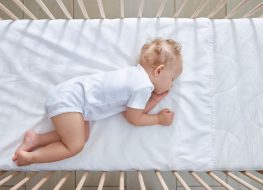
Starting your kid early on with a healthy oral care routine is an investment. It’s something you only have to do for several years, but it pays off for the rest of your child’s life. So if you think oral care is an added chore, it’s worth a shot when you find out how much something as simple as a finger toothbrush benefits your child in the long run.
Caring for oral health should start early. With the right tools used at the right time, oral health care will help you save money and lessen dental appointments for your child. So invest in one reasonably-priced tool that gives a tremendous return. Let Ashtonbee introduce you to the finger toothbrush—the one tool for your child’s early-age oral care.
The Benefits of Early Age Oral Hygiene Care
Starting oral care a few months after your baby is born until they can brush their teeth themselves pays off. In fact, there are three common benefits that will convince you to put in the effort for your baby’s sake. Check them out below.
Reduces the Risk of Early-Age Tooth Decay
Good oral hygiene habits prevent the buildup of plaque around the tooth caused by breastfeeding or formula drinking. By brushing your child’s teeth, you scrape off the residue, which, if left to linger, may eat through the child’s soft, growing teeth fast and cause tooth decay.
They Get Stronger Teeth While Growing Up
Brushing your baby’s little teeth allows you to prevent the accumulation of bacteria. This has a tremendous effect on your child’s teeth and oral hygiene. If they have fewer bacteria on their teeth and in their mouth, their teeth and gums will be stronger against oral diseases, and the better their mouth health will be.
It Serves as a Bonding Activity
Brushing your baby’s teeth is a shared activity that will benefit you and your baby. Just being able to carry your little one in your arms as you brush their teeth is comparable to the experience of putting them to sleep in your arms. It’s a serene moment you can share with your child.
Taking Care of Your Baby’s Gums: Use This Before Buying a Baby Finger Toothbrush
Oral hygiene, as most parents know it, is about brushing teeth. So they tend to start their child’s oral care only after seeing a complete set of pearly whites out of their little one’s gums.
But oral care can start even a month or two after birth. It can begin as soon as the baby is breastfeeding and even before they grow teeth. That’s because, at this stage, one part of a child’s mouth is susceptible to disease, and that’s the tongue.
The tongue can accumulate bacteria from the liquids they drink, so if you want to start your baby’s oral hygiene care as early as possible, start with the tongue and use a tongue cleaner.

When To Use a Finger Toothbrush for Babies
As soon as they have grown teeth or as the first tooth comes out, you can already start using a finger toothbrush.
Some finger toothbrushes, like the ones made by Ashtonbee, are designed to cater to delicate teeth and gums. So whether your baby only has several milk teeth or a complete set, the toothbrush will do its job with safety and ease.
Do’s and Don’ts of Finger Toothbrushing for Your Baby
Using a finger brush is awesome for your baby’s oral health. But to ensure effectiveness, safety, and comfort, parents must know a couple of things. Check out the do’s and don’ts of finger toothbrushing below.
Brush the Teeth and Gums Gently
A baby’s gums and teeth are delicate. Do not apply pressure to the finger toothbrush to avoid hurting your child and damaging their teeth and gums. Just run it up and down or across your baby’s teeth naturally without pressing on it. The soft bristles will do the job.
Additionally, when brushing, don’t overreach to the base of the gums as this may scar and bleed. Keep the bristles on the section where the gums meet the enamel. This is the most effective way to remove bacteria and plaque buildup while keeping their gums healthy.
Brush Twice a Day
Just like adults, the optimum number of times your baby must brush is twice a day. You can do this before they sleep and after they wake up. These periods will help reduce more bacteria and plaque buildup caused by the mouth staying inactive.
Consult a dentist or a pediatrician about how often your child needs to brush their teeth. But in most cases, twice a day will do for stellar oral health.
Don’t Use Toothpaste Just Yet
Toothpaste is a staple in every toothbrushing session, but you will have to avoid it for babies aged three and below. While it’s refreshing and helps get rid of bacteria, it is something that your little one might swallow. They might choke on it while lying in your arms.
Limit What You Put in a Baby Bottle
Keep your baby’s mouth on only the essential stuff. That means formula milk, breastmilk, and water. You don’t want to have them drink sweetened or artificial liquids as these introduce sugar to their teeth and gums, and the substance speeds up tooth decay.
What Finger Toothbrush Should You Buy?
Finger toothbrushes come in different shapes, styles, and sizes. It’s hard to find the one that fits your child’s safety and comfort. That said, there are several features you must look for when you buy one for your child.
Made of Food-Grade Silicone
Finger brushes made of food-grade silicone are hypoallergenic and durable. They also have soft bristles perfect for brushing your child’s teeth safely and quickly.
Double-Sided Design
For practicality, you’ll want to get a double-sided silicone finger toothbrush for babies. Preferably you’ll want to have a side for fine bristles for babies with a complete set of teeth, and a dotted side that serves as an oral massager—this is for brushing the gums and is helpful for your baby’s teething stage.

Beyond the Finger Toothbrush: Appropriate Baby Toothbrushes for Different Ages
After a few years, your baby will outgrow the finger toothbrush and will need something more sturdy like a proper toothbrush of their own. So here are the appropriate toothbrushes for every child’s phase.
3–5 Years Old
Your baby’s teeth during this stage are still the primary ones, also called milk teeth. These teeth are small and require a toothbrush with a small head and a thin handle. Teach them how to use it and supervise them while they brush their teeth.
6–10 Years Old
During these years, they will outgrow their baby teeth, and permanent ones will emerge. Your child will need a sturdier toothbrush, one with a head the size of a pea and a thick handle that helps with their grip.
At this stage, it’s also safe to introduce fluoride toothpaste. Try getting the mild formula and have your kid use it during their toothbrushing sessions. By this time, they are probably used to brushing their teeth, so supervision should be minimal.
11 and Above
This stage means they have a fully grown set of teeth, and they may have formed toothbrushing as a habit, thanks to your hard work. They will need an adult-sized toothbrush. Buy them one and let them brush their own teeth with no supervision.
Healthy Teeth and Gums Starts With a Finger Toothbrush
Now that you know the benefits and uses of a finger toothbrush, we urge you to use it for your baby’s oral health. Not only will a finger toothbrush help keep your child’s teeth healthy, but it’s also a tool to get a good oral hygiene habit going for your child. It must start early, and it must begin with someone. That will be you.
If you want to know more about taking care of your child’s oral health, check out our other blogs. You can also check out our collection of baby essentials here.



